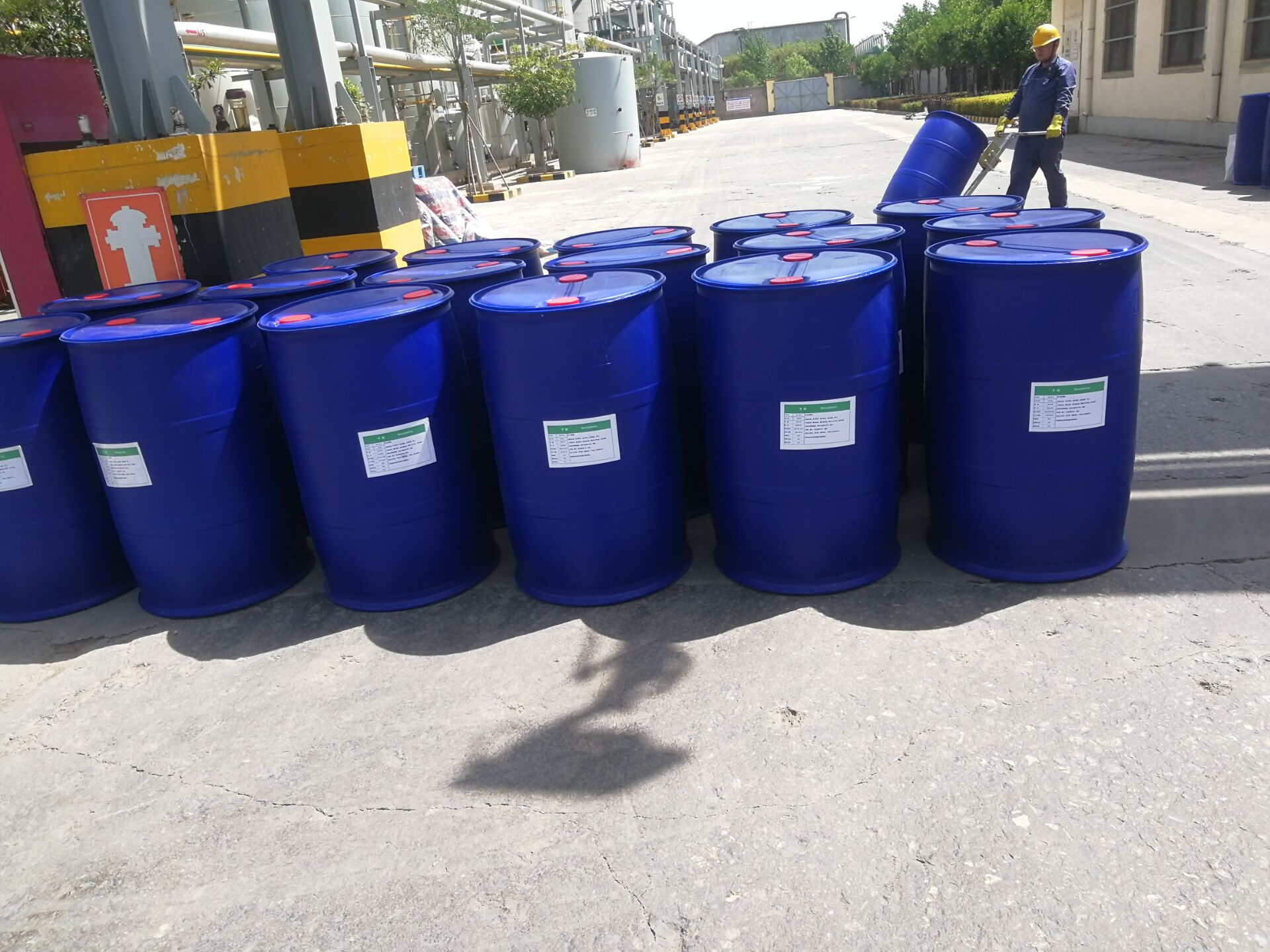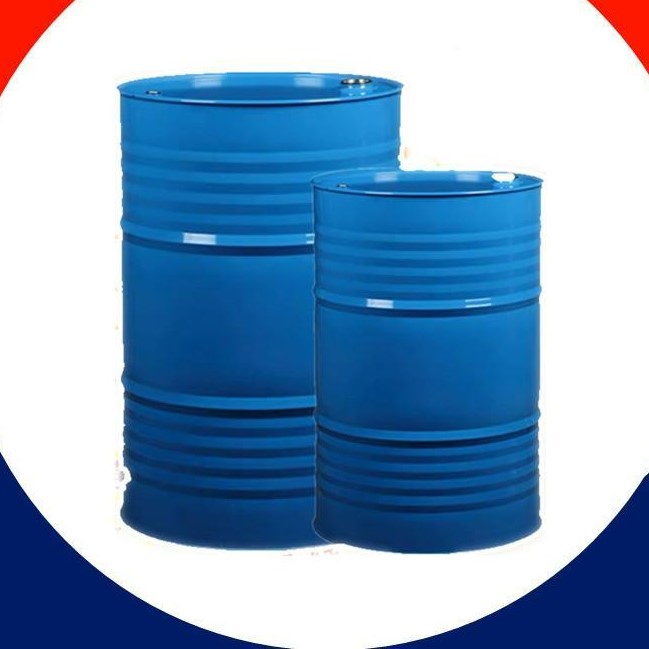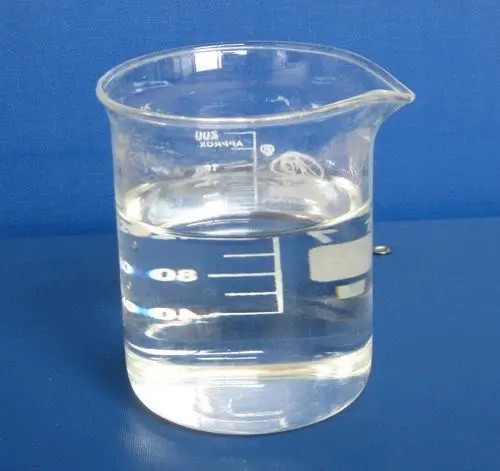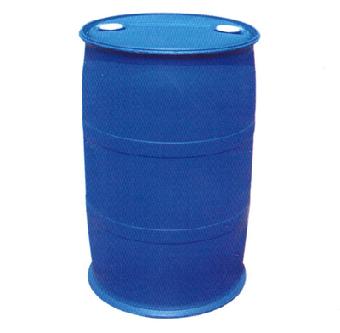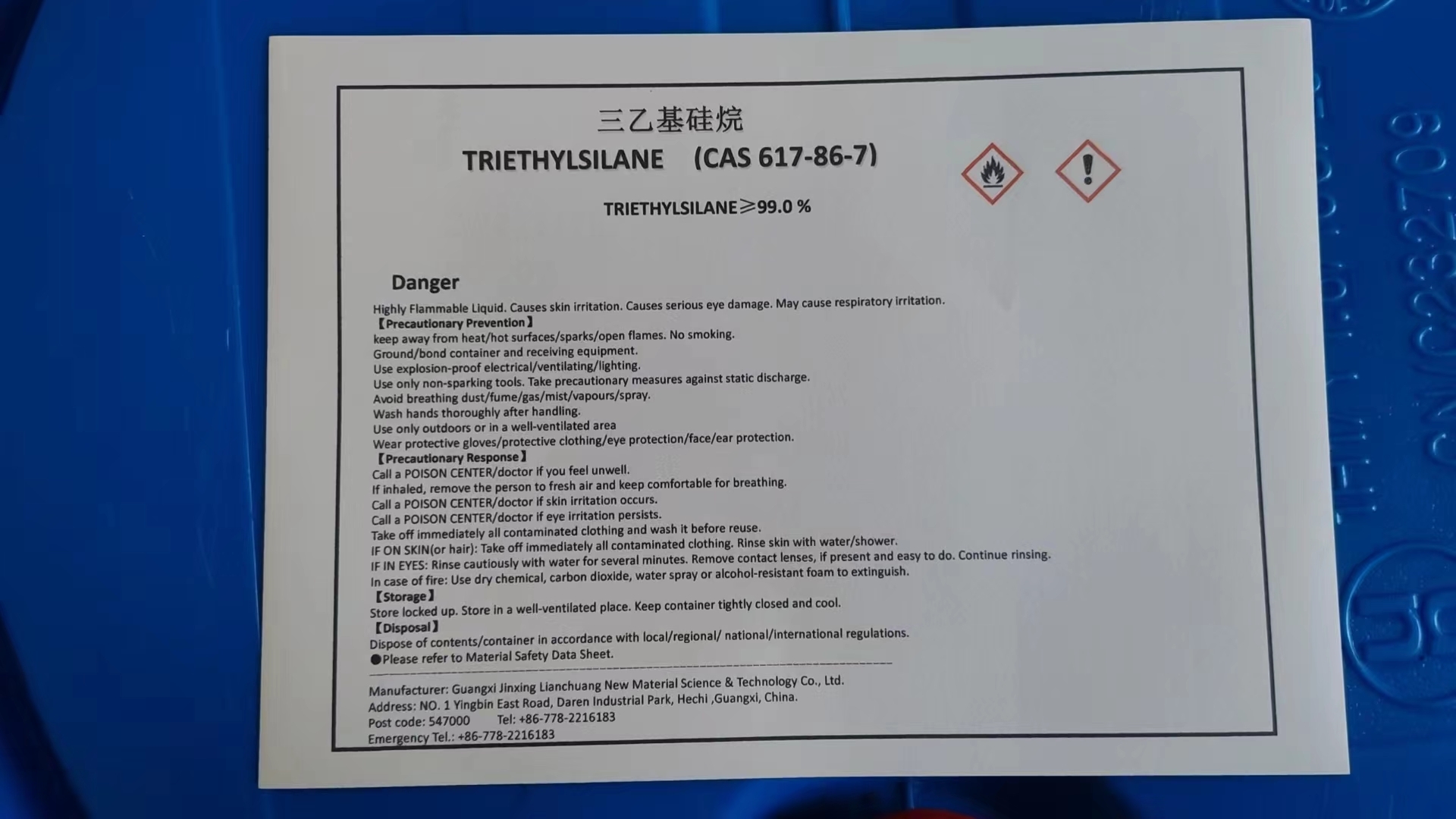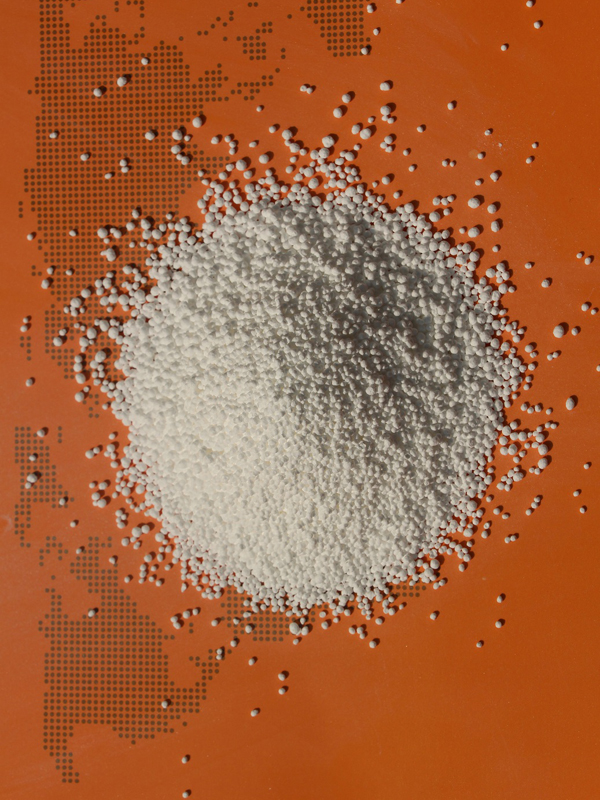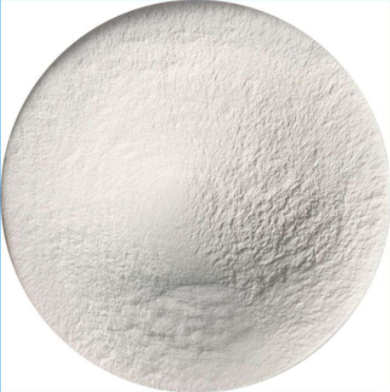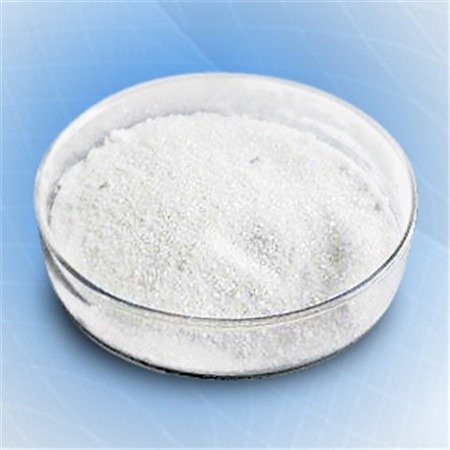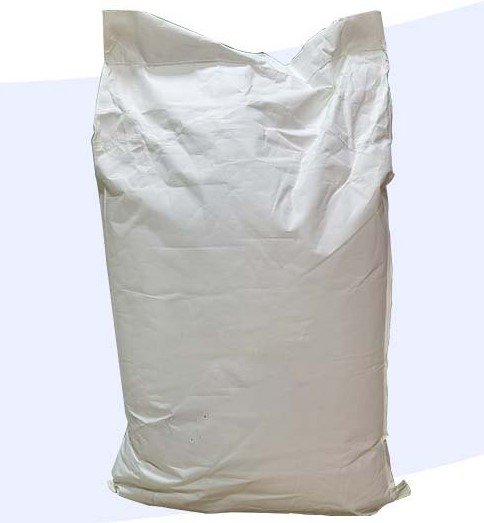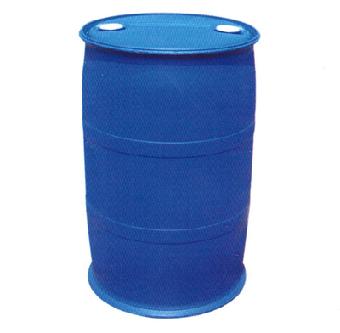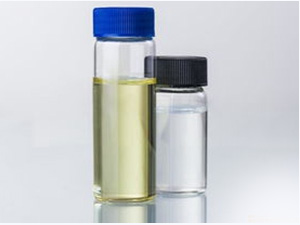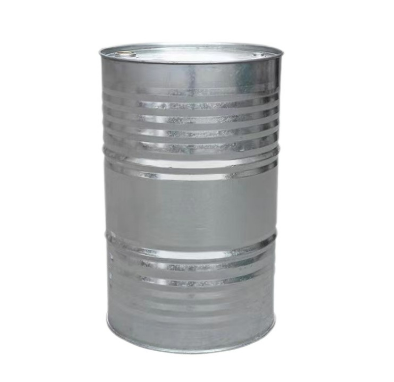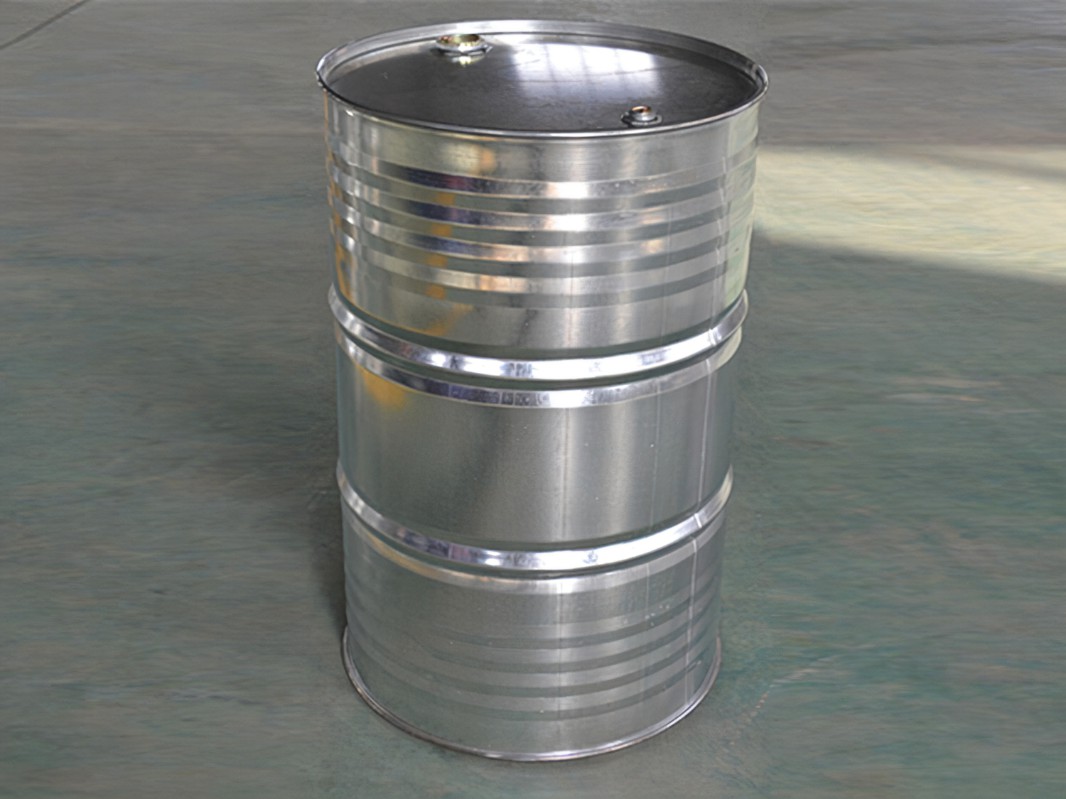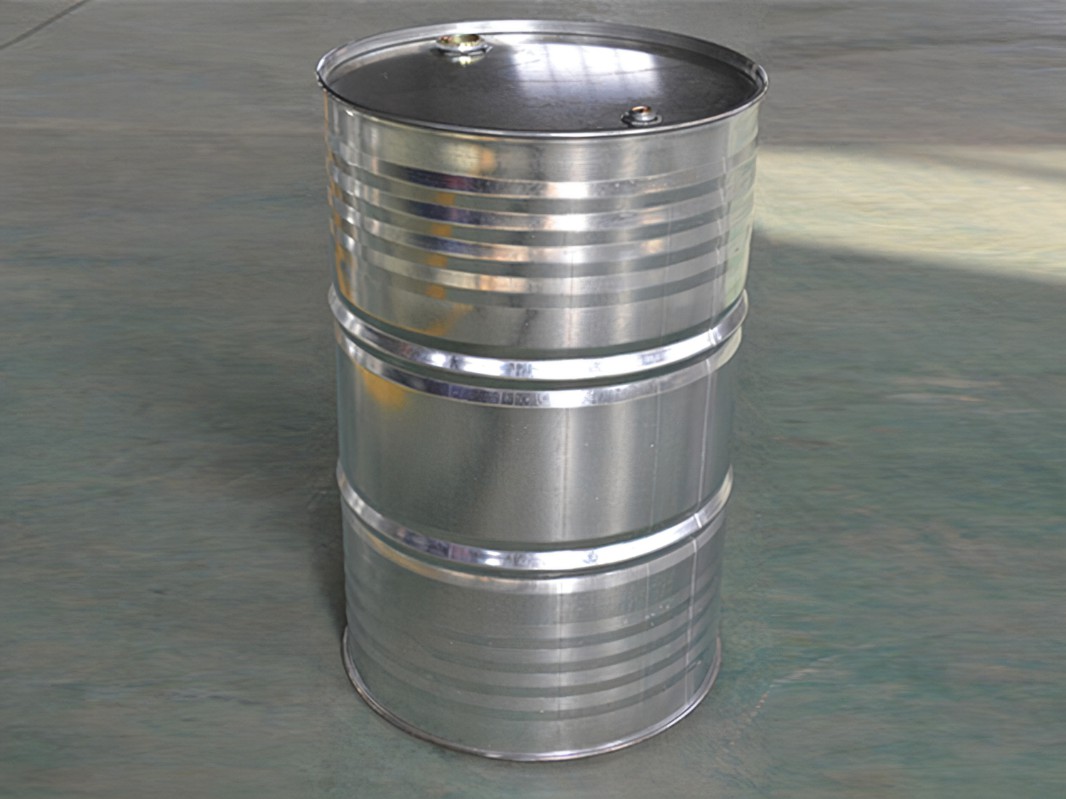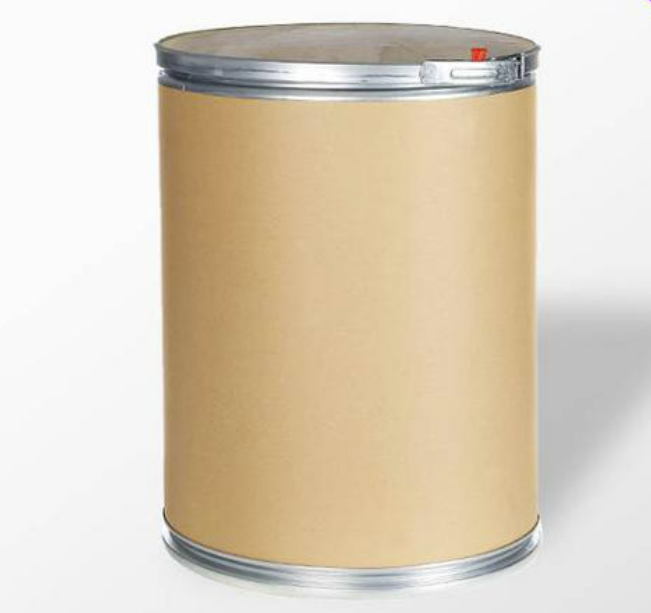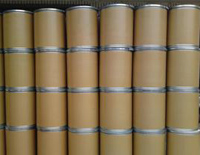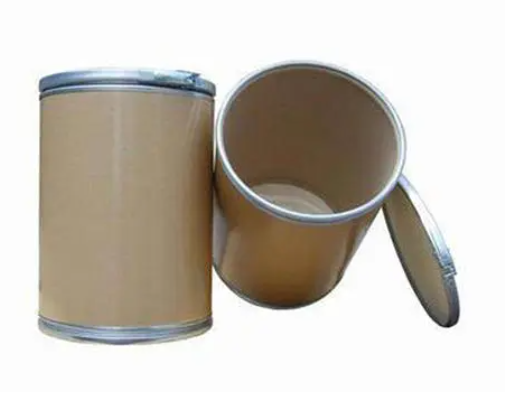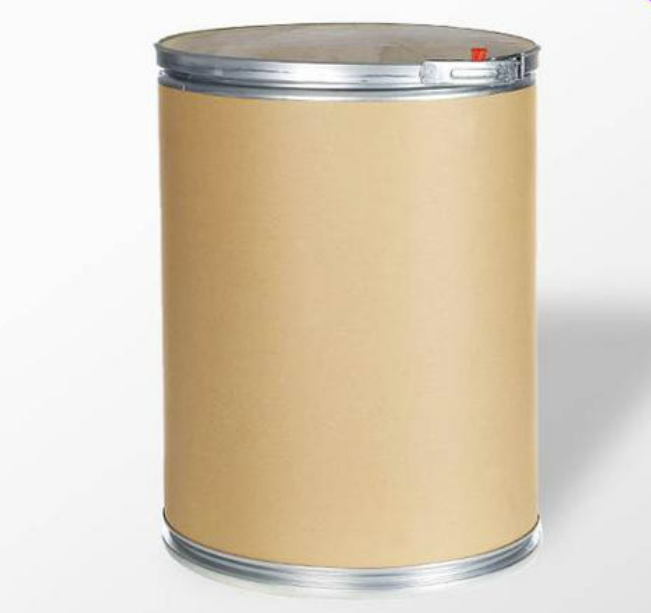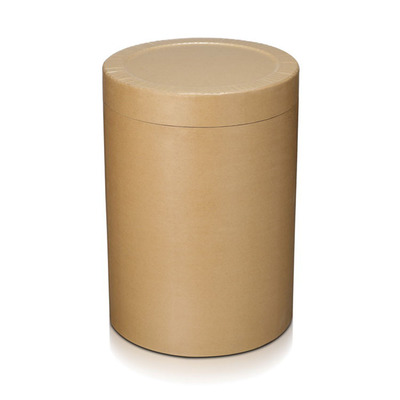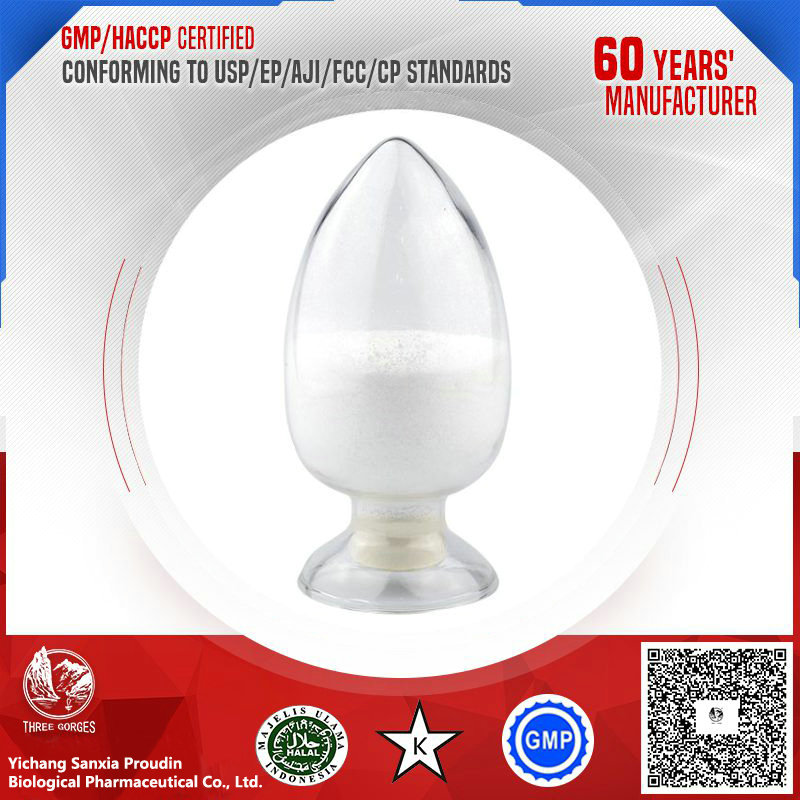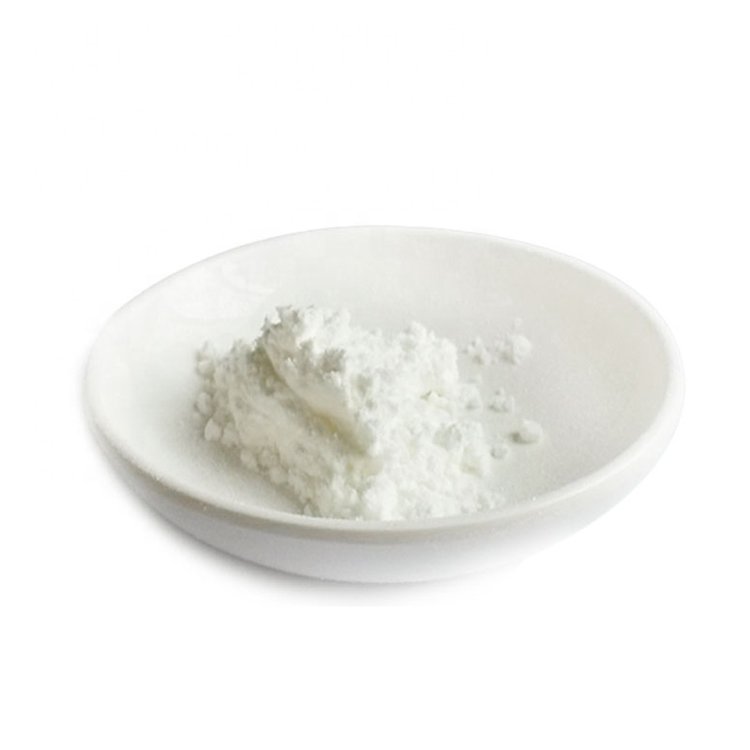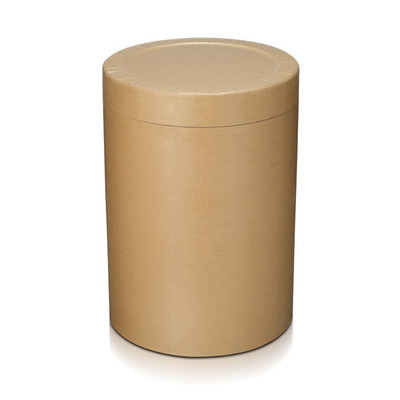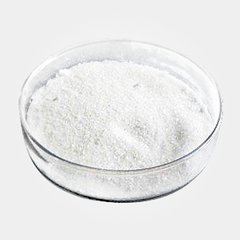API & Intermediate
Pharmaceutical Raw Materials
Veterinary API
Antiallergic Drugs
Hormones and Endocrine Drugs
Drug Metabolism
Pharmaceutical Intermediates
Synthetic Anti Infective Drugs
Specialty Drugs
Vitamins and Minerals Medicines
Feed Drug Additive
Antineoplastic Agents
Nervous System Drugs
Respiratory Drugs
Diagnostic Agents
Anti Stress Drugs
Antipyretic Analgesics
Antiparasitic Drugs
Circulatory System Drugs
Biochemicals
Blood System Drugs
Immune System Medication
Pharmaceutical Excipients
Fluid, Electrolyte, and Acid-Base Balance
Urinary System Drugs
Antibiotics
Anesthetic Agents
Inhibitors
Other Chemical Drugs
Digestive System Drugs
Find
7121
related chemicals for you
CAS:617-86-7
Molecular Formula:C6H16Si
Alias
More Information
Triethylsilicon Hydride; Silane, Triethyl-; Triethylsilicon
Brief Introduction
Triethylsilane is a silane with the molecular formula C6H16Si. It is a trialkylsilicon hydride compound with a reactive Si-H bond. This colorless liquid is often used in organic synthesis, specifically for the hydrosilation of olefins to give alkyl silanes. It can also be used as a reducing agent since it has an active hydride.Used in organic synthesis and pharmaceutical intermediates
Suppliers
View More Vendors (6) >
Jiangxi Wisdom Pharmaceutical Co.,Ltd.
-
Pharm Grade
CAS:62-54-4
Molecular Formula:C4H6CaO4
Alias
More Information
Calcium Ethanoate; Calcium;Diacetate; Acetic Acid Calcium Salt; Lime Acetate; Calcium Diacetate; Acetato de Calcio
Brief Introduction
This product can be used in analytical reagent, organic synthesis, printing and dyeing and pharmaceutical industry, or as food stabilizer, chelating agent, mould inhibitor, buffer, fragrance enhancer and corrosion inhibitor.
Suppliers
View More Vendors (6) >
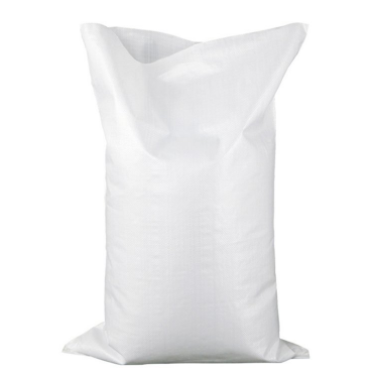
≥99.0%
/
Tech Grade
25kg
/
Woven Bag
CAS:624-92-0
Molecular Formula:C2H6S2
Alias
More Information
Methyldisulfide; Disulfide,Dimethyl; Dithioether; Dmds; Dimethyldisulfide; Dimethyle Disulfide
Brief Introduction
It is used as solvent and pesticide intermediate, fuel and lubricating oil additive, coking inhibitor of ethylene cracking furnace and refining unit.
Suppliers
View More Vendors (6) >
Alias
More Information
1-Deoxy-1-(Methylamino)-D-Glucito; 1-Deoxy-1-(Methylamino)Hexitol; Glucitol,1-Deoxy-1-(Methylamino)-; Methylglucamine; D-Glucitol,1-Deoxy-1-
Brief Introduction
As a cosolvent and surfactant of contrast agent.
Suppliers
View More Vendors (6) >
Hainan Zhuoke Pharmaceutical Co., Ltd.
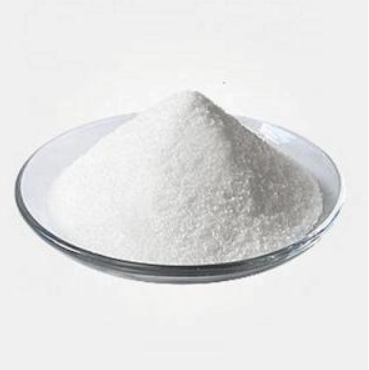
CP
/
Pharm Grade
25kg
/
Fibre Drum
<Invalid Value>
99
/
-
<Invalid Value>
99
/
-
CAS:638-23-3
Molecular Formula:C5H9NO4S
Alias
More Information
Carbocistein; (L)-2-Amino-3-(Carboxymethylthio)Propionicacid; (R)-S-(Carboxymethyl)Cysteine; Carbocisteine; L.J.206; L-3-((Carboxymethyl)Thio)Alanine; L-Carboxymethylcysteine; 3-[(Carboxymethyl)Thio]Alanine; 3-Carboxymethylthio-L-Alanine
Brief Introduction
This product is a mucolytic, expectorant and anti nasal infection drug.
Suppliers
View More Vendors (6) >
Inquiry (
10
/ 10
)
Clear All
You can inquire for up to 10 products at a time
Sign In
Error!

